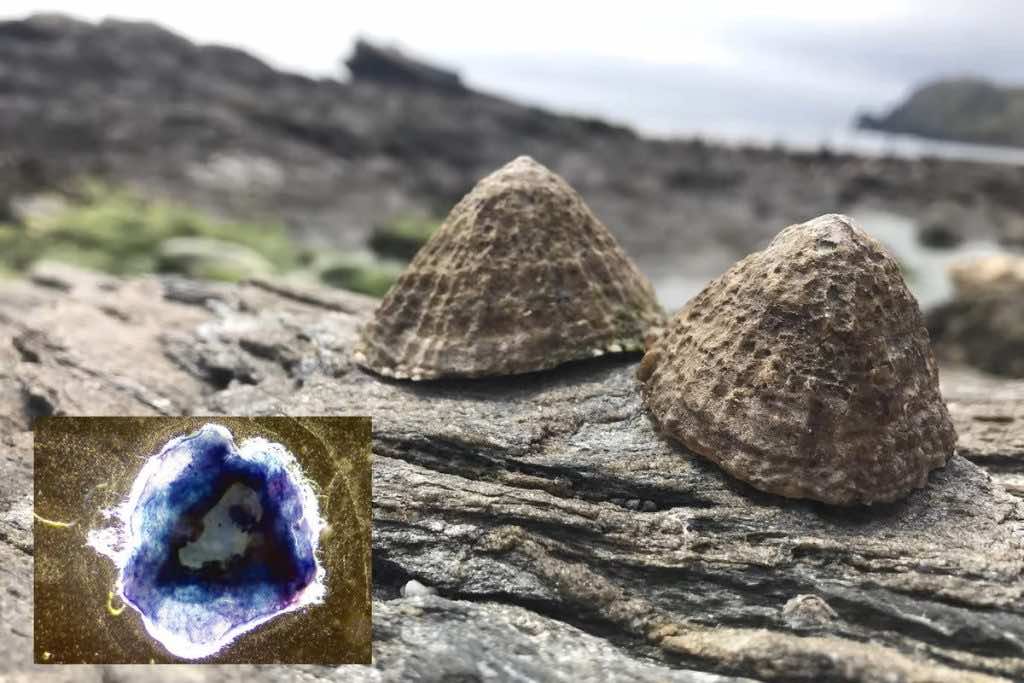Nature never fails to amaze us and has presented us with some astonishing creatures. Similarly, scientists made an awe-inspiring discovery in 2015 about one of the types of aquatic snails known as “limpets”. They said that limpets possess the “strongest tensile strength of any biological material”. Limpets are known to be one of the amazing creatures of the universe who collect algae for their nourishment by rubbing their teeth over rough surfaces. Hence, inspired by these characteristics of limpets, a team of researchers has now designed a composite biomaterial in a lab having paramount clout. Moreover, it would also be a viable course of action for other high-performance materials like Kevlar.
Thus, influenced by its tensile strength, the researchers at the University of Portsmouth began exploring the tooth material of the limpet in 2015. The study was conducted at the microscopic level, and it was discovered that the magnanimous creatures contain a tensile strength of up to 3 to 6.5 GPa (Gigapascals) in their tooth material. When compared to spider silk and steel, the results were expected as the numbers couldn’t overpower this strength. It was found that spider dragline silk has a tensile strength of about 1.3 GPa while that of steel is around 1.65 GPa.
The underlying reason for such a huge capacity of tensile strength in limpets’ teeth is due to the presence of “chitin fibers” along with the fine crystals of iron goethite. Seeing this, the team has articulated this process in their labs using the same composition of materials. There is this part that assists in the formation of the teeth of limpets and is called “radula”. The scientists then deployed the combination of radula cells, tissue samples, and chitin along with the electrospinning process, which ultimately generated “ribbons” of limpet teeth that were about half a centimeter wide.
Dr. Robin Rumney, who is the lead author of the research, said, “I spent six months setting up this process. I went through every kind of permutation I could think of for what the cells might need and how they’d grow. It’s very different from growing bacteria or cancer cells, which commonly grow in a lab environment, so we had to work out from scratch what would work. “
He further stated, “Our next step is to find other ways of getting the iron formation to occur, so we’re studying the secretions of the limpet cells to better understand that. If it works well, then we already have the gene readouts of the organ, so we can lift the genes of interest out and hopefully put them into bacteria or yeast to grow them at scale. We have a plastics crisis in the oceans right now, and I think it’s a nice symmetry that we can learn from sea creatures how to better protect them by replacing the use of plastics with a biological substitute. “
The developed material also works well against synthetic materials like Kevlar and can prove an alternative for such types of materials. Hence, concerning this, Dr. Rumney explained, “Fully synthetic composites like Kevlar are widely used, but the manufacturing processes can be toxic and the materials difficult and expensive to recycle. Here we have a material that potentially is much more sustainable in terms of how it’s sourced and made, and at the end of its life can be biodegraded.”

